Benefits to Self-managed super funds

Zero out-of-pocket expenses
Your superannuation will fund all the costs associated with purchasing an investment property including stamp duty, solicitors’ fees, banking costs etc.

Leverage & diversify your assets
For the purchase of property, you only require a 30% deposit of your superannuation to leverage and diversify the remainder of your superannuation.

Discounted or zero capital gains tax
Upon reaching the pension phase you will be in an advantageous position, as you will be able to sell your investment property with no capital gains tax or live off the rent as a tax-free income.
What is a self-managed super fund?
SMSFs give you the ability to take control of your superannuation. My Online Adviser will guide you through the entire process (A-Z) and provide ongoing support to ensure your SMSF remains compliant.

Comprehensive smsf advice
Our team of experts will work closely with you to ensure an SMSF is suitable for your family. We will get a comprehensive understanding of your current position and where you want to be at retirement. We will provide you with a detailed statement of advice with complete recommendations and management of the SMSF administration.
Frequently Asked Questions
Find the answers you need and see how we can help secure your financial future.
In Australia, it is possible to purchase a house with super using a Self-Managed Super Fund (SMSF) if certain rules are followed. The SMSF’s primary purpose must be to provide retirement benefits, and property purchases must comply with regulations. Borrowing to buy property is allowed through limited recourse borrowing arrangements (LRBAs). Property must be for investment purposes and meet specific criteria, excluding personal use. Compliance, accurate records, and annual audits are mandatory. Related-party transactions should be avoided. Professional advice from financial advisers or SMSF specialists is essential due to the complexity and potential legal changes surrounding property investments within SMSFs. We also have this guide on investing super in to property.
Creating a Self-Managed Super Fund (SMSF) in Australia is a complex and highly regulated process. While both financial advisers and accountants can assist in setting up an SMSF, it’s essential to understand the key differences in their roles and responsibilities.
Accountants can help with the administrative and compliance aspects of an SMSF, such as preparing financial statements and tax returns. However, they are not obligated to adhere to the Best Interest Duty (BID) when providing financial advice. This means that while they can offer valuable support in managing the fund’s financial aspects, their advice may not always prioritize your best financial interests.
On the other hand, financial advisers are bound by the Best Interest Duty, a legal obligation to act in your best interest when providing financial advice. They can provide comprehensive guidance on SMSF investment advice, retirement planning, and asset allocation within your SMSF. This duty ensures that their recommendations align with your financial goals and risk tolerance, providing you with a more secure and tailored approach to managing your SMSF.
In summary, while both accountants and financial advisers can assist with different aspects of your SMSF, seeking advice from a financial adviser offers an added layer of security and assurance that your financial decisions are aligned with your best interests and long-term financial goals.
A Statement of Advice (SoA) for a Self-Managed Super Fund is a legally required document provided by financial advisers or planners when offering financial advice or recommendations related to SMSFs. The SoA is designed to ensure transparency and help clients make informed decisions about their SMSF-specific advice. It is a crucial part of the regulatory framework governing financial advice in Australia.
- Trustee Structure: SMSFs must have between one to four individual trustees or a corporate trustee. All trustees must be members of the fund, and each member must be a trustee.
- Sole Purpose Test: The primary purpose of an SMSF is to provide retirement benefits to its members. It must comply with the sole purpose test, which means investments should be made solely to benefit members in their retirement.
- Contribution and Benefit Restrictions: There are limits on the amount of contributions that can be made to an SMSF each financial year. Also, there are restrictions on when and how members can access their superannuation benefits, typically upon reaching the preservation age and retiring.
- Investment Restrictions: SMSFs must adhere to a range of investment restrictions and guidelines set by the ATO. For example, investments must be made on a commercial basis, and there are restrictions on related-party transactions to prevent conflicts of interest.
- Compliance and Reporting: SMSFs are required to keep detailed financial records, undergo an annual audit by an independent auditor, and report to the ATO. Compliance with these reporting and record-keeping requirements is essential to maintain the fund’s compliance status.
Please keep in mind that SMSF regulations can change, and it’s crucial to stay updated with the latest rules and requirements set by the ATO to ensure that your SMSF remains compliant. Consulting with a financial adviser is highly recommended when managing an SMSF in Australia.
Start Self-managed Super
Simply fill out the form, and we’ll call you within three days.
"*" indicates required fields


